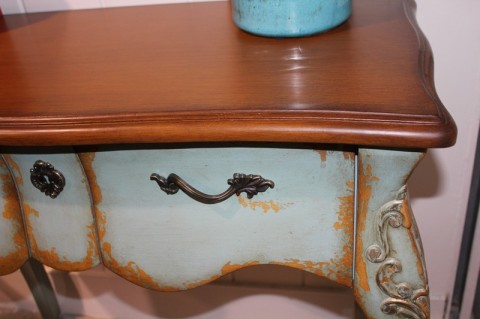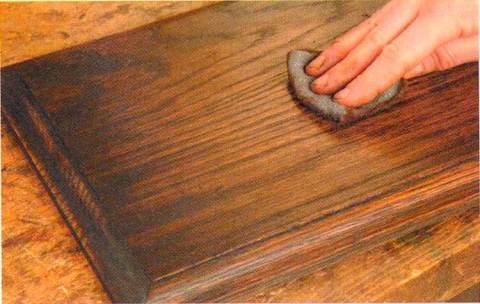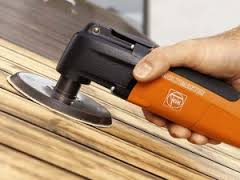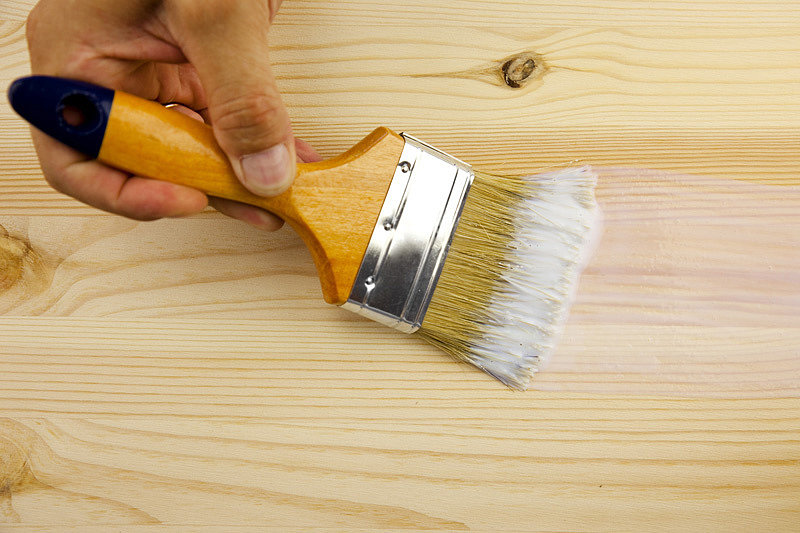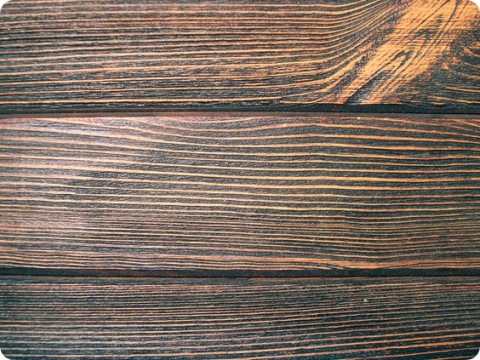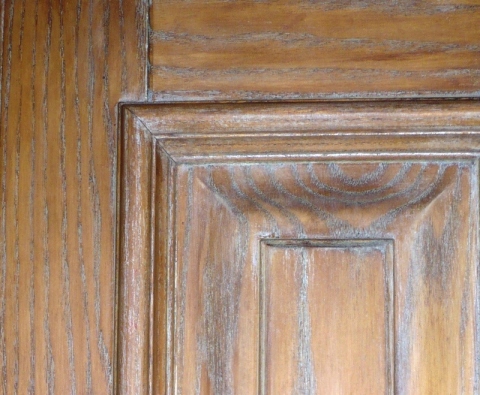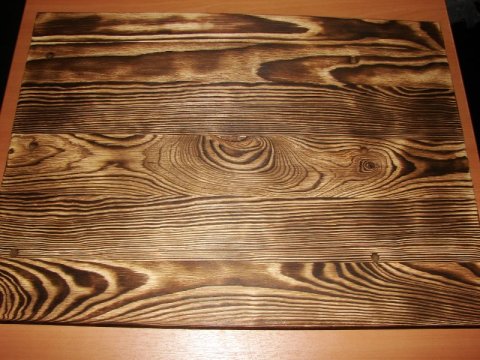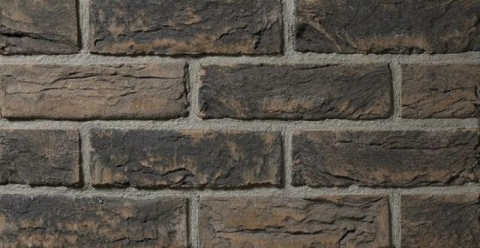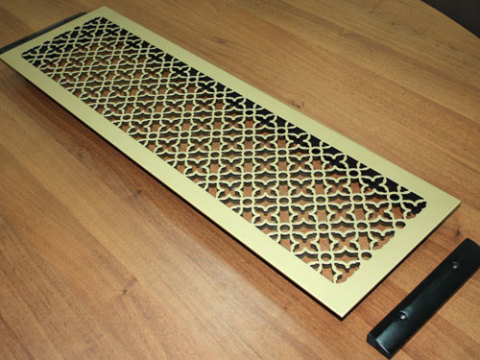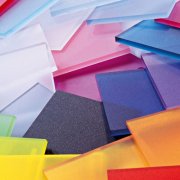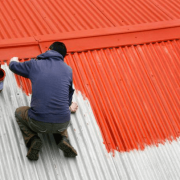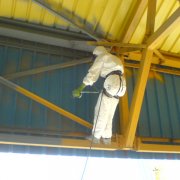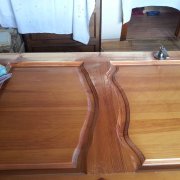Antique painting with your own hands and affordable ways
How to paint antique wood, or any building material interests many. After all, antiquity is in fashion. To buy old things and home decoration is quite expensive. But this does not need to be done. After all, the process of artificial aging has long been worked out and everything can be done with your own hands, in this case the price will not be high.
In the article, we will consider how to do antique painting with your own hands.
The content of the article
Antique wood painting
Wood is the most common indoor material. Therefore, we decided to start with him. Many have old wooden things, but repairs will be expensive, in some cases the price will be higher than new ones. Consider the options for doing this work.
Features of preparation
Before directly painting the wooden surface in antiquity, several stages of the preparatory work should be done as follows:
Remove the old coating | We remove the old paintwork from the surface of the wooden object. |
We grind a tree | We clean it from various impurities and grind it, using first coarser sandpaper and gradually moving to a finer one. |
Grounded tree | We process the surface with an antiseptic primer that protects the wood from decay and mold and improves the adhesion of the coating to come (seePrimer for wood and the rules for its selection). |
Attention: In this option, do not putty the plane. This should be done in cases of large chips and cracks.
Antique staining: dilapidated and rough surface
In order to achieve a dilapidated appearance, the coloring of the tree should be carried out in the following way:
- After carrying out the preparatory work, we coat the wood with paint in one layer. The best choice is a matte shade.
- After the paint has completely dried, it is necessary to rub it with fine emery paper in places where abrasions usually appear on similar items made of wood.
- Carefully clean the product from dust and re-coat with a thin layer of paint.
Attention: In case of insufficient manifestation of the aging effect, you should use sandpaper repeatedly, having passed it in some areas again.
- The last step in the operation of this technique is the processing of the whole product with fine-grained sandpaper.
The field of application of the described technology extends both to the decoration of furniture and doors.
Craquelure
This option is no less popular and in demand. This is just a pattern of cracks, and quite small, which are located in varnish or paint.
Consider how to paint antique in this option:
- After carrying out all the preparatory measures, the surface of the product must be covered with a background layer of paint, which will be cracked.
- After waiting for the background coating to dry completely, apply a special transparent varnish for craquelure.
- After the varnish dries, we apply the last coat of paint, under the influence of which the varnish will begin to crack. In order to achieve an interesting decorative effect, it is necessary to choose the last color of the dye different from the background.
- The last step is to cover the wooden subject with clear acrylic varnish.
Attention: It is worth noting that you can get a similar result without special varnish.
In this case, the creation of a decorative effect will consist of the following actions:
- After preparatory measures we cover any surface alkyd paint.
- After 1-1.5 hours, apply a layer of acrylate, for example, Siro Himmea or Harmony, to the wet layer of alkyd coating.
- After a certain amount of time has elapsed after staining, cracks will begin to appear through which the background layer applied first will be visible.
Attention: But there is one condition: categorically do not use coatings diluted with water to implement the presented technology.
In the latest technique, the principle of creating cracks is based on faster drying of the final coating layer, in contrast to the initial one. This technique is less expensive, since a special varnish for craquelure is quite expensive.
Cracking is excellent for creating the appearance of aging on medium-sized surfaces, for example, for painting baguettes, small interior items or doors.
Patina
Of interest is such a way to achieve the aging of wooden objects, such as the use of patina, a special dye for wooden surfaces with the aging effect, applied as described below:
- First you need to cover the wood product with varnish based on polyurethane.
- We are waiting for the varnish to dry completely and apply the thinnest layer of patina.
- After waiting 20 minutes for the patina to completely dry, it is necessary to treat the surface with a tool such as scotch tape, commonly referred to as a metallic sponge. The severity of the aging effect is due to the intensity of your movements and pressure on the sponge.
- Use a soft, dry cloth to remove dust from the subject.
- The final step is to varnish the wooden object.
Attention: If you do not have scotch tape, then use ordinary emery paper of different types, from coarse to fine.
Multilayer paint effect
To achieve the visibility of multilayer painting, the following method is possible:
- After making preparations on the subject, it is necessary to apply a background coating with a thin layer so that a natural pattern of the wooden subject appears.
- The second step is to make the product dilapidated with sandpaper.
- In the last action of this technology, it is necessary to dip the brush in a dye different from the background color and wet it with a rag, distribute the rest of the dye over the surface, exerting some pressure on the brush.
Wax contamination
It is also worth taking into account the way to achieve the effect of pollution arising in the process of using the item. In order to implement this technique, simple steps such as:
- Apply an uneven layer of dark wax on the subject areas that are most susceptible to contamination.
- The second and final stage of this technique is the coating of a wooden product with dark shade.
Among the variety of methods presented for creating the effect of antiquity on wooden textures, both by materials and technique, everyone can choose the method they like. Now you know how to paint an antique table and any other interior item made of wood. Now let's see what to do with other materials.
Brick aging
Of course, aging a house is expensive. Yes, and it makes no sense. But for example, a fireplace, this is another matter. After all, this is not just a heater, it creates cosiness in the room.
Caution: For this work you will need sandpaper, but take it in several sizes.
How to paint antique brick we will consider:
- We take large emery paper and sand the brick plane. It is the whole plane;
- Now we take smaller paper and in places knock down a large relief and make it smaller;
- Now with the smallest paper he does the same thing as in the second case;
- After that, remove the dust with a rag and apply an acrylic dye. And for this, you can use a spray gun and just a brush. After all, it is not the uniformity of the application of the dye to make various shades more visible.
Brick painting Antiqued business is not complicated, just do not mix up the surfaces where they have already made the processing with finer sandpaper.
We make antique metal
DIY antique metal painting can be done in several ways. Acrylic colorants can also be used, and bronze can also be used. The principle of operation is basically no different. The difference is only in the final finishing of the coating.
So, how to paint antique metal in detail:
- First of all, the plane is cleaned from rust. To do this, use sandpaper.
- After this, the surface must be treated with a rust converter.. Indeed, in small cracks and places of corrosion, you can sandpaper and not get there.
- We are waiting for complete drying and apply a metallized dye. It’s even better to use bone. After all, not uniform application will give additional natural shades.
- We are waiting for complete drying and a crackel primer is applied to the plane. After its application, a film is formed on the plane, but transparent.
- Now we are waiting for the soil to dry and apply the final coating with crackel paint. It forms small cracks in its structure, which create the illusion of antiquity.
The issue of bronze aging is a little different.
- Preparation is done as in the first embodiment.
- Painting is done with bronze effect paint. The coating is applied in three layers.
Caution: Each layer is applied after the previous one has dried.
- At the final stage, simply transparent varnish is applied.
After watching the video in this article and the photo, you can better understand the progress of the work. There is instruction and everything will not be difficult to do. Antique painting with your own hands is not a difficult task, but painstaking. Therefore, take your time and do everything as carefully as possible.
